Flown Apollo 11 Lunar Surface Star Chart, a circular device, 9 inches in diameter. Consists of 2 thin plastic discs rotating around a central rivet. The lower disc shows the Earth, sun, planets and star patterns against a black background. The upper disc is a semi-transparent overlay. The back of the chart has a square patch of Velcro at the center and an inscription in ink by Aldrin. The navigational chart used by Neil Armstrong and Buzz Aldrin to determine their exact position on the lunar surface just after their historic lunar landing. One of the few flight devices returned from the lunar surface to have come onto the market. The companion device used some 20 hours later to update Eagle's navigational equipment just prior to lunar lift-off is currently displayed at the Smithsonian's National Air and Space Museum in Washington, D.C. Accompanied by a Typed Letter Signed by Buzz Aldrin, which reads: "Accompanying this letter is the actual star chart that Neil Armstrong and I used to determine our precise location just after we made history's first lunar landing on July 20, 1969. It is a circular device that has a movable translucent overlay with six over lapping circles. The stars and constellations are projected onto a black background above and below lines defined as the ecliptic and the lunar equator. The Sun, Earth, Venus, and other planets are marked as to their relative positions along the ecliptic plane. This star chart was the single most critical navigational device we used while on the Moon. The chart has LM-TD+2 STAR CHART (A), LAUNCH JULY 16, 20 JULY 20:17:11 GMT printed near the edge of 270 degree point. TD was short for Touchdown with +2 meaning that the chart had its highest accuracy within 2 hours of landing. Touchdown was to be 20:17:11 Greenwich Mean Time on July 20, assuming a July 16 earth launch. We landed at 4:17 pm Eastern Daylight Time (20:17 GMT) which was within a minute of the planned time. During the landing phase, we had several computer program alarms. They were unexpected and of the type we had never experienced during any training simulation. These alarms preoccupied Neil and I so much that we were concerned with a potential abort. Then Neil had to take command from our flight computer as it was sending us into a large boulder-filled crater. We landed with just seconds of fuel to spare, but well past our target point. I commanded the computer to give us our landing point then recorded that information on page 10 of our LM Timeline Book. That turned out to be the first writing by human hands on another celestial body. Our Lunar Module's gyroscopic guidance equipment lost precision over time. It was imperative to re-align this equipment just after landing in case of an emergency lift-off or our inability to make such an adjustment for the scheduled lift-off some 22 hours after landing. We used this star chart in conjunction with our Alignment Optical Telescope (AOT). Neil logged over 30 measurements in our LM Data Card Book that I provided while using the AOT. Those circular areas on the chart overlay showed the AOT's field of view when moved to one of the six positions known as detents. We did a series of dual star sightings using the AOT and this chart, then keyed in that information recorded in the LM Data Card Book while performing the P57 alignment procedures as define in our guidance dictionary. Completion of these tasks enabled us to carry out our lunar timeline and allowed Neil Armstrong to become the first human to set foot upon the Moon. On the back of the star chart, there is a square velcro patch. It has an overall tint of gray with darker grayish material embedded within. Those gray areas are most likely lunar dust that came off our space suits or from various equipment such as the sample return container. I have inscribed and signed this side with: This star chart was used by Neil Armstrong and myself while on the lunar surface during July 20 - 21, 1969. Buzz Aldrin, Apollo XI Lunar
Flown Apollo 11 Lunar Surface Star Chart, a circular device, 9 inches in diameter. Consists of 2 thin plastic discs rotating around a central rivet. The lower disc shows the Earth, sun, planets and star patterns against a black background. The upper disc is a semi-transparent overlay. The back of the chart has a square patch of Velcro at the center and an inscription in ink by Aldrin. The navigational chart used by Neil Armstrong and Buzz Aldrin to determine their exact position on the lunar surface just after their historic lunar landing. One of the few flight devices returned from the lunar surface to have come onto the market. The companion device used some 20 hours later to update Eagle's navigational equipment just prior to lunar lift-off is currently displayed at the Smithsonian's National Air and Space Museum in Washington, D.C. Accompanied by a Typed Letter Signed by Buzz Aldrin, which reads: "Accompanying this letter is the actual star chart that Neil Armstrong and I used to determine our precise location just after we made history's first lunar landing on July 20, 1969. It is a circular device that has a movable translucent overlay with six over lapping circles. The stars and constellations are projected onto a black background above and below lines defined as the ecliptic and the lunar equator. The Sun, Earth, Venus, and other planets are marked as to their relative positions along the ecliptic plane. This star chart was the single most critical navigational device we used while on the Moon. The chart has LM-TD+2 STAR CHART (A), LAUNCH JULY 16, 20 JULY 20:17:11 GMT printed near the edge of 270 degree point. TD was short for Touchdown with +2 meaning that the chart had its highest accuracy within 2 hours of landing. Touchdown was to be 20:17:11 Greenwich Mean Time on July 20, assuming a July 16 earth launch. We landed at 4:17 pm Eastern Daylight Time (20:17 GMT) which was within a minute of the planned time. During the landing phase, we had several computer program alarms. They were unexpected and of the type we had never experienced during any training simulation. These alarms preoccupied Neil and I so much that we were concerned with a potential abort. Then Neil had to take command from our flight computer as it was sending us into a large boulder-filled crater. We landed with just seconds of fuel to spare, but well past our target point. I commanded the computer to give us our landing point then recorded that information on page 10 of our LM Timeline Book. That turned out to be the first writing by human hands on another celestial body. Our Lunar Module's gyroscopic guidance equipment lost precision over time. It was imperative to re-align this equipment just after landing in case of an emergency lift-off or our inability to make such an adjustment for the scheduled lift-off some 22 hours after landing. We used this star chart in conjunction with our Alignment Optical Telescope (AOT). Neil logged over 30 measurements in our LM Data Card Book that I provided while using the AOT. Those circular areas on the chart overlay showed the AOT's field of view when moved to one of the six positions known as detents. We did a series of dual star sightings using the AOT and this chart, then keyed in that information recorded in the LM Data Card Book while performing the P57 alignment procedures as define in our guidance dictionary. Completion of these tasks enabled us to carry out our lunar timeline and allowed Neil Armstrong to become the first human to set foot upon the Moon. On the back of the star chart, there is a square velcro patch. It has an overall tint of gray with darker grayish material embedded within. Those gray areas are most likely lunar dust that came off our space suits or from various equipment such as the sample return container. I have inscribed and signed this side with: This star chart was used by Neil Armstrong and myself while on the lunar surface during July 20 - 21, 1969. Buzz Aldrin, Apollo XI Lunar
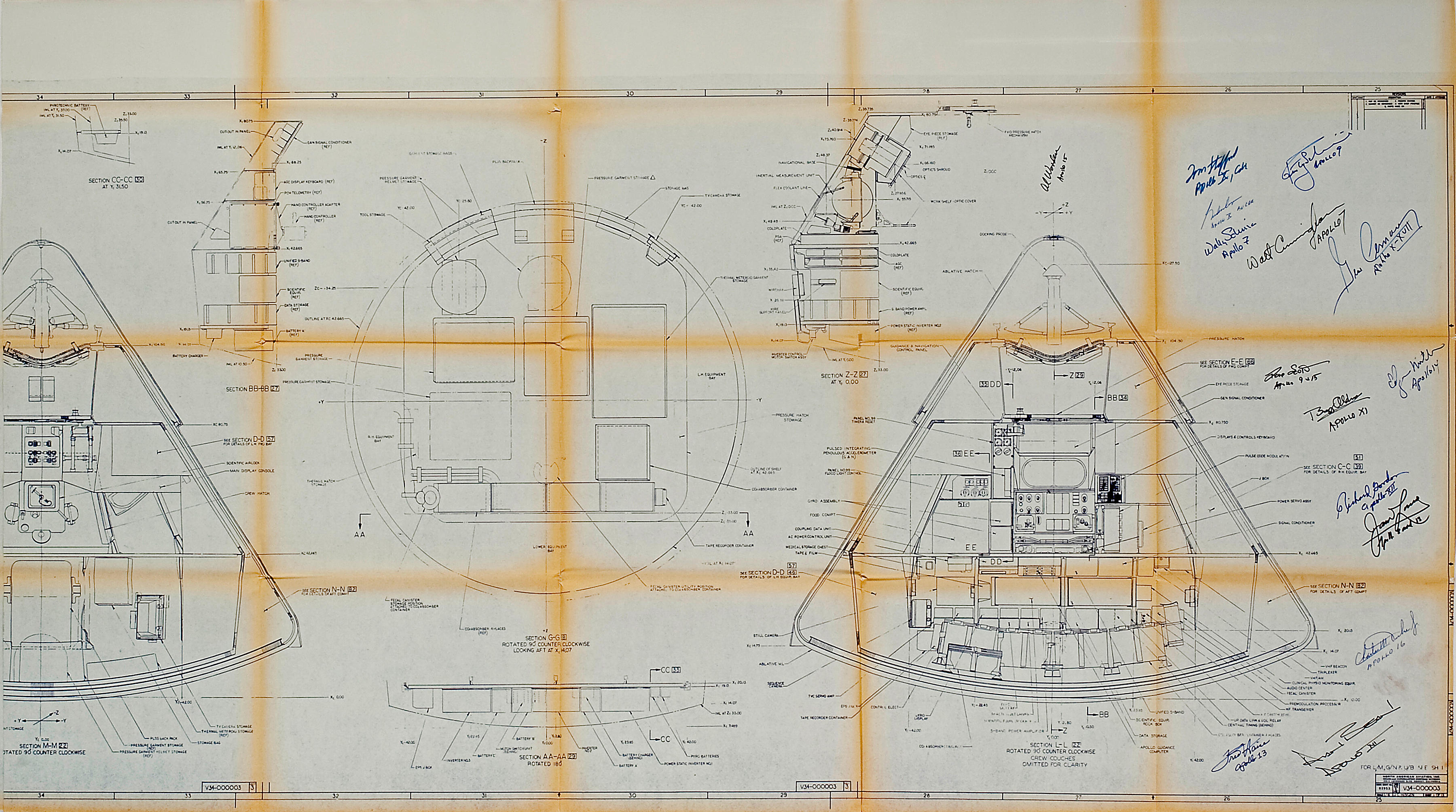
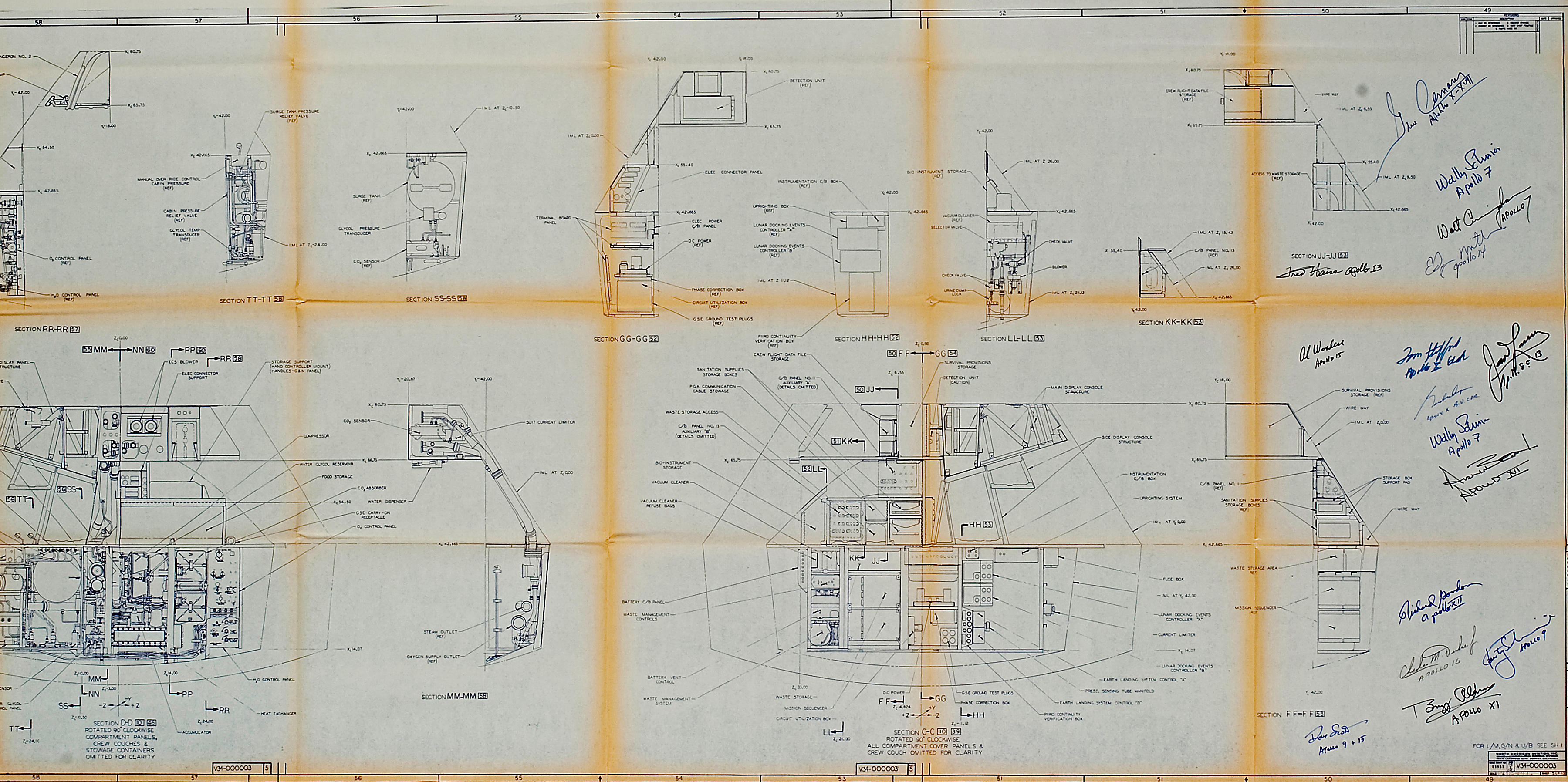

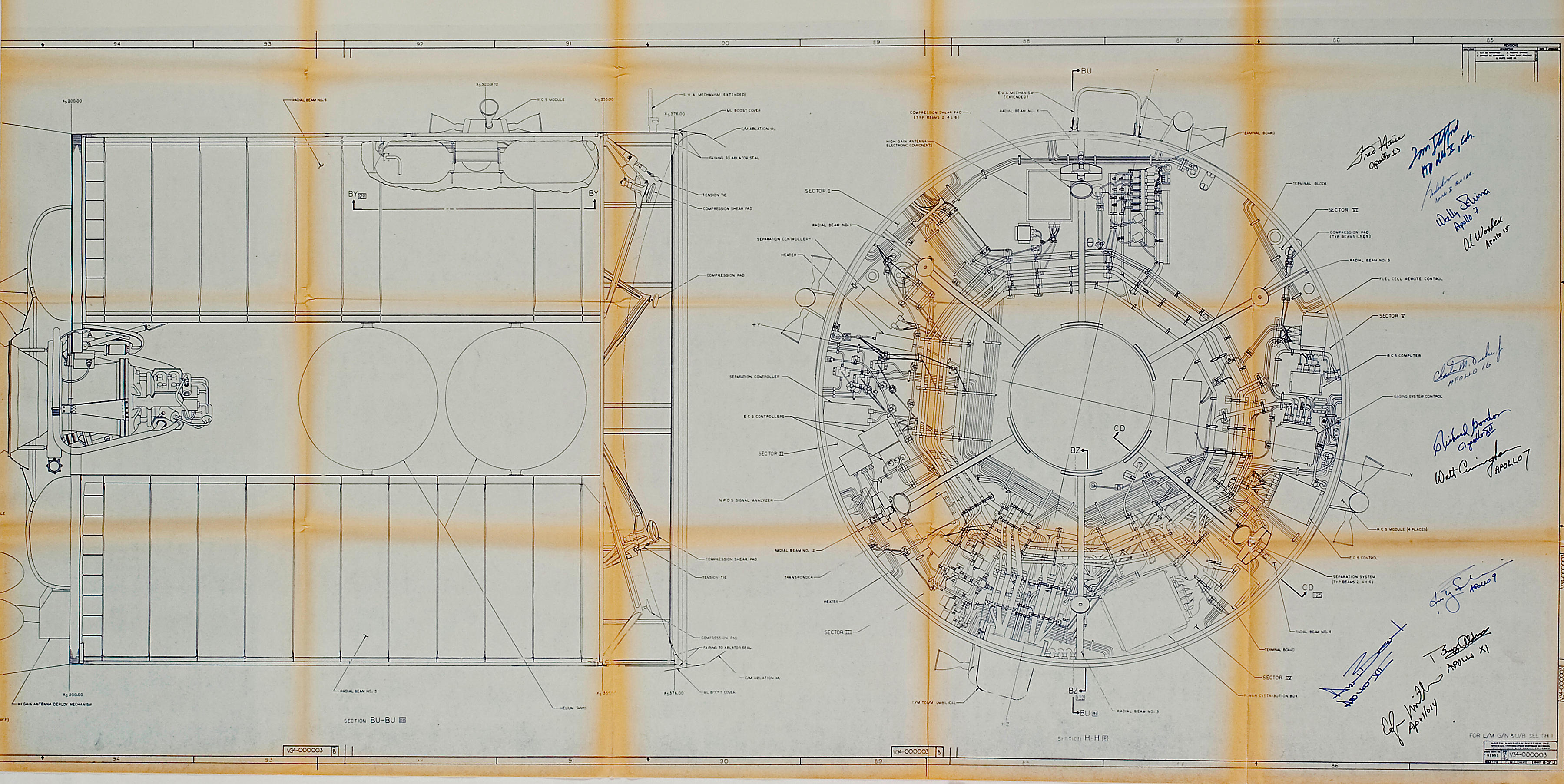
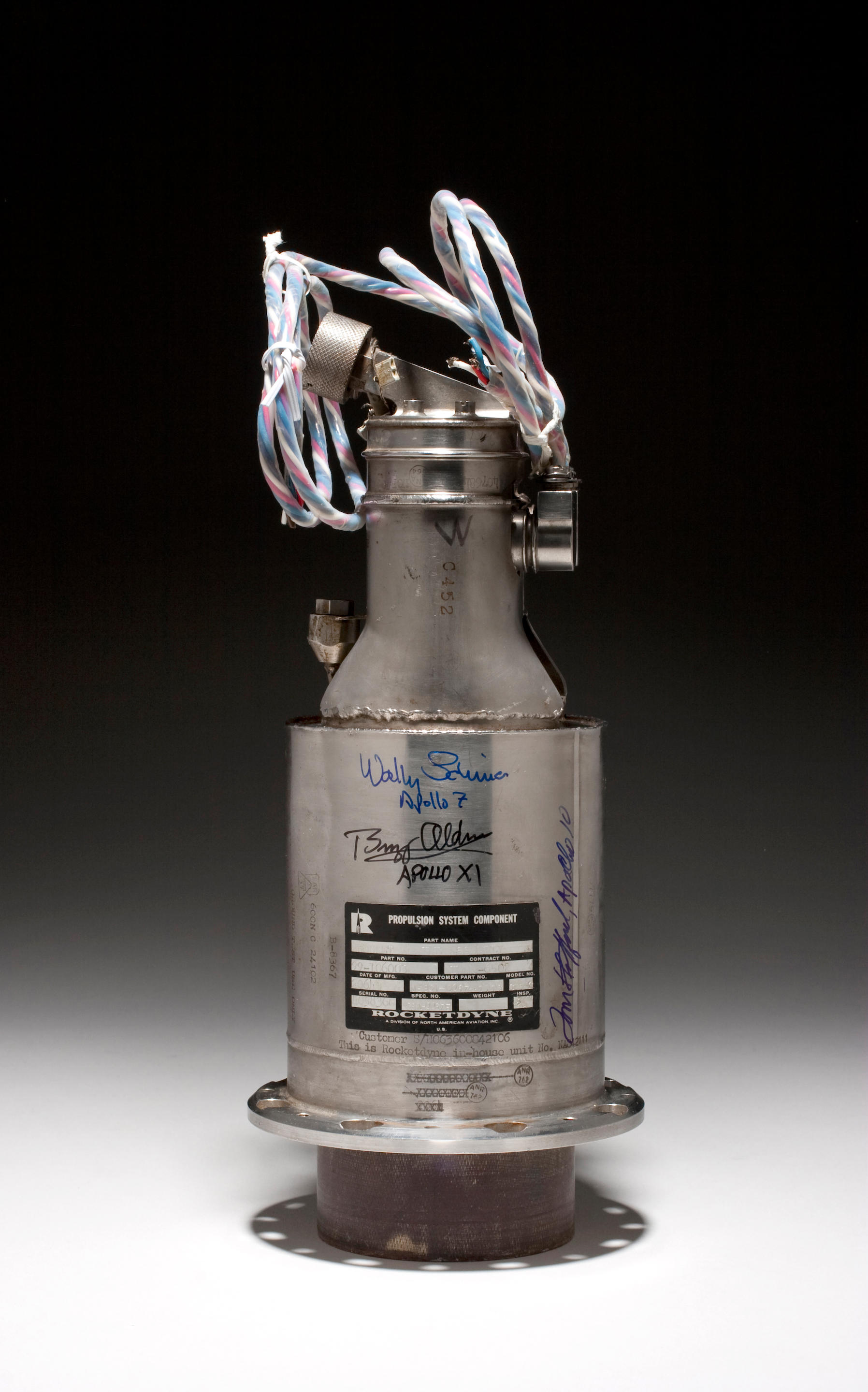
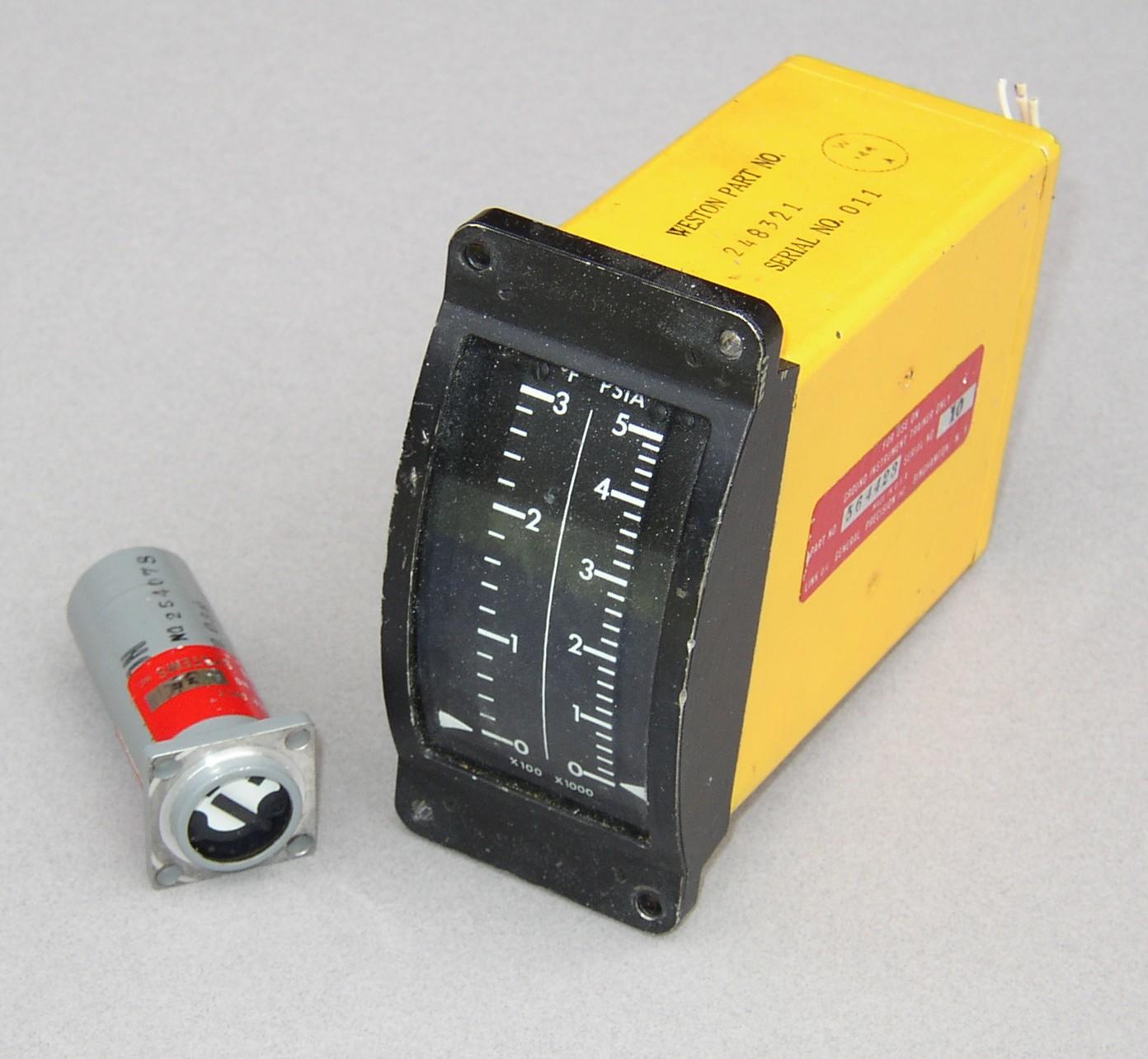
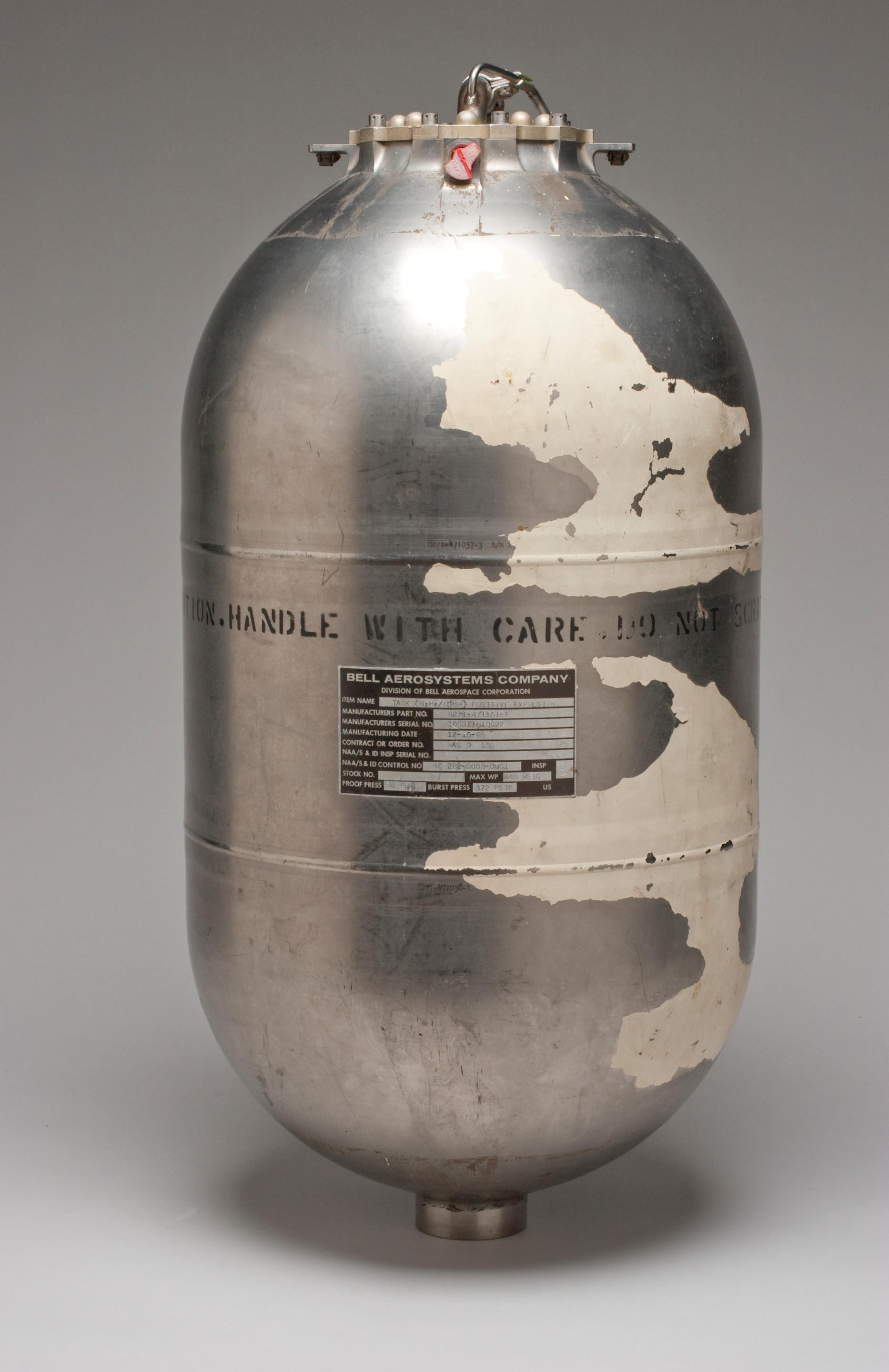
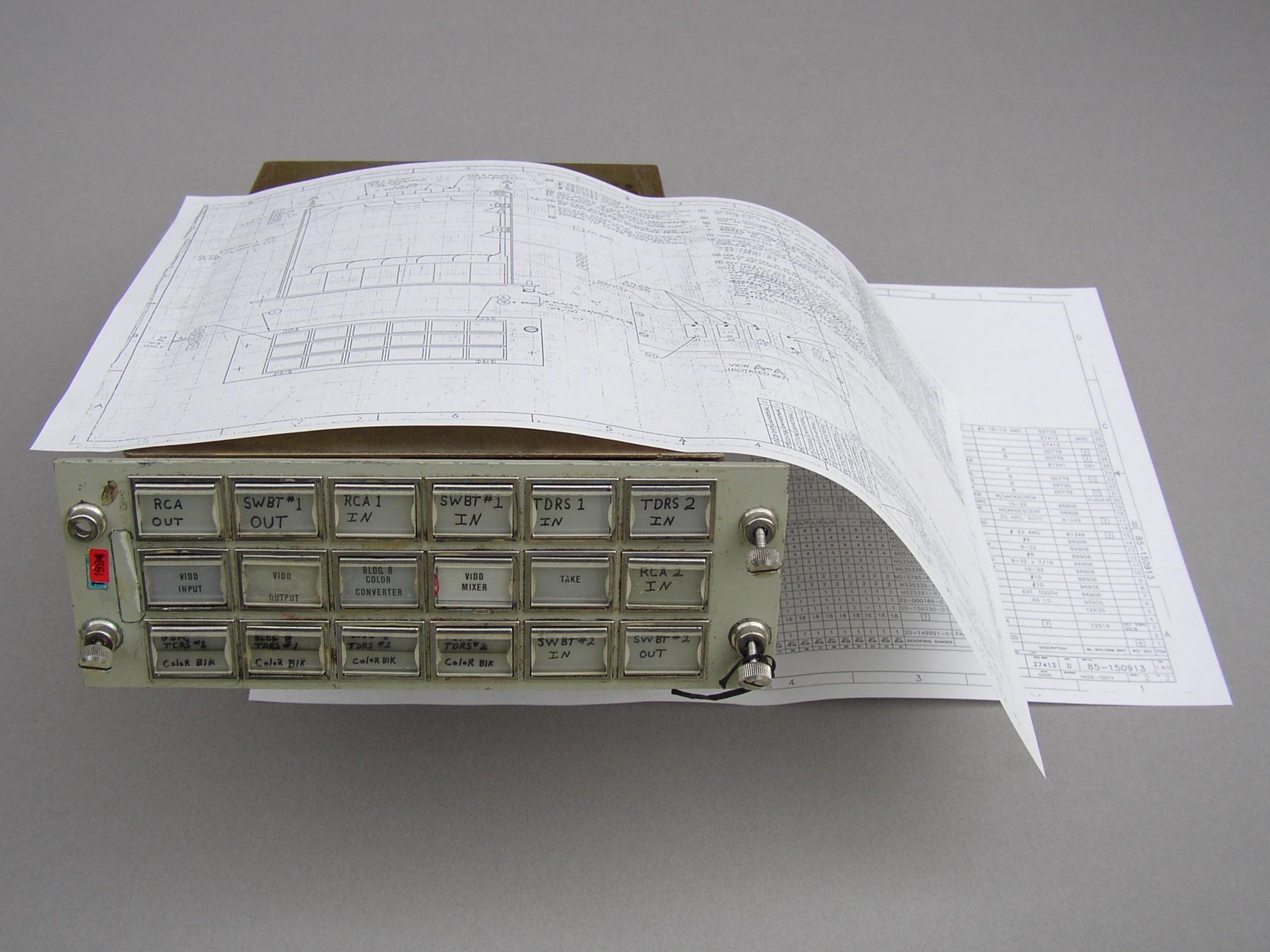

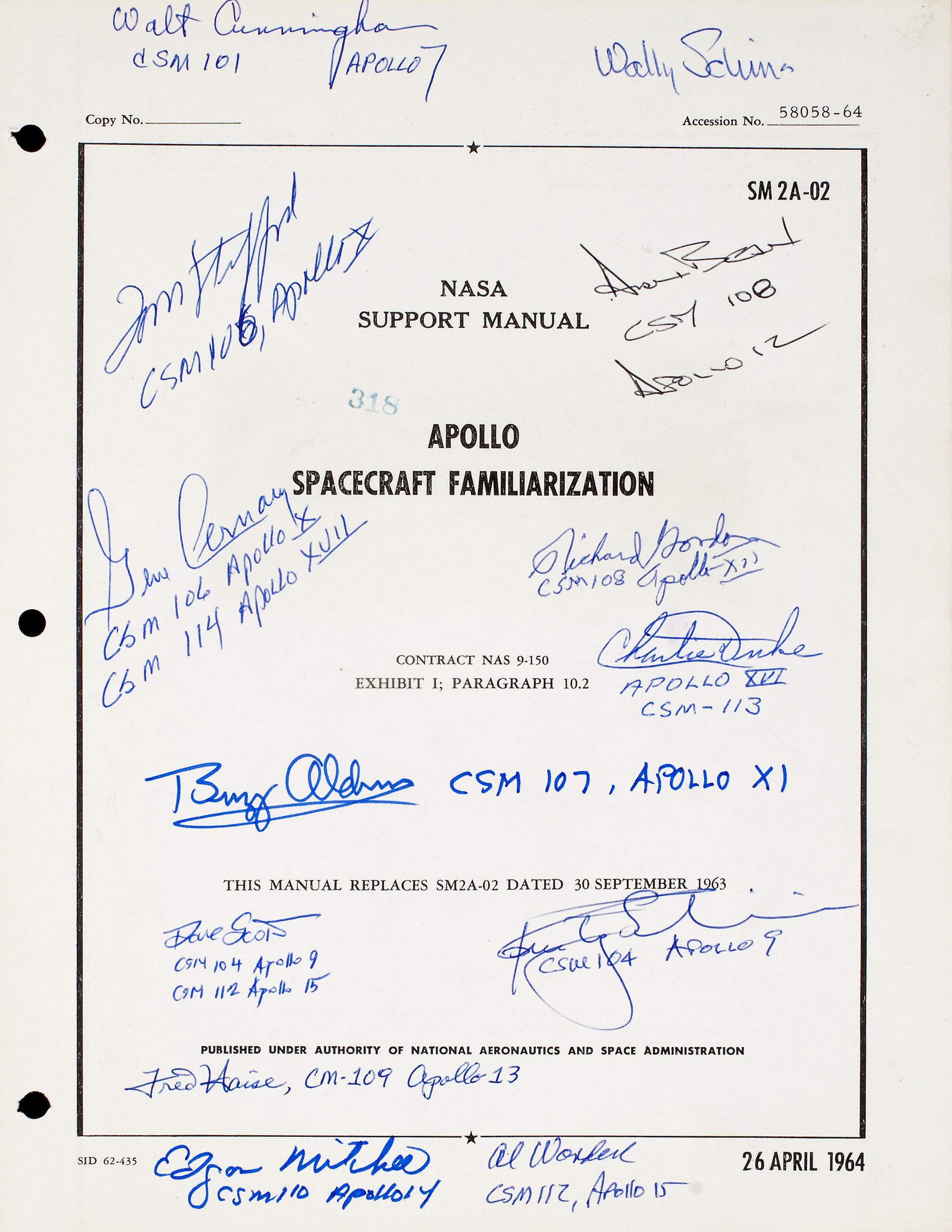
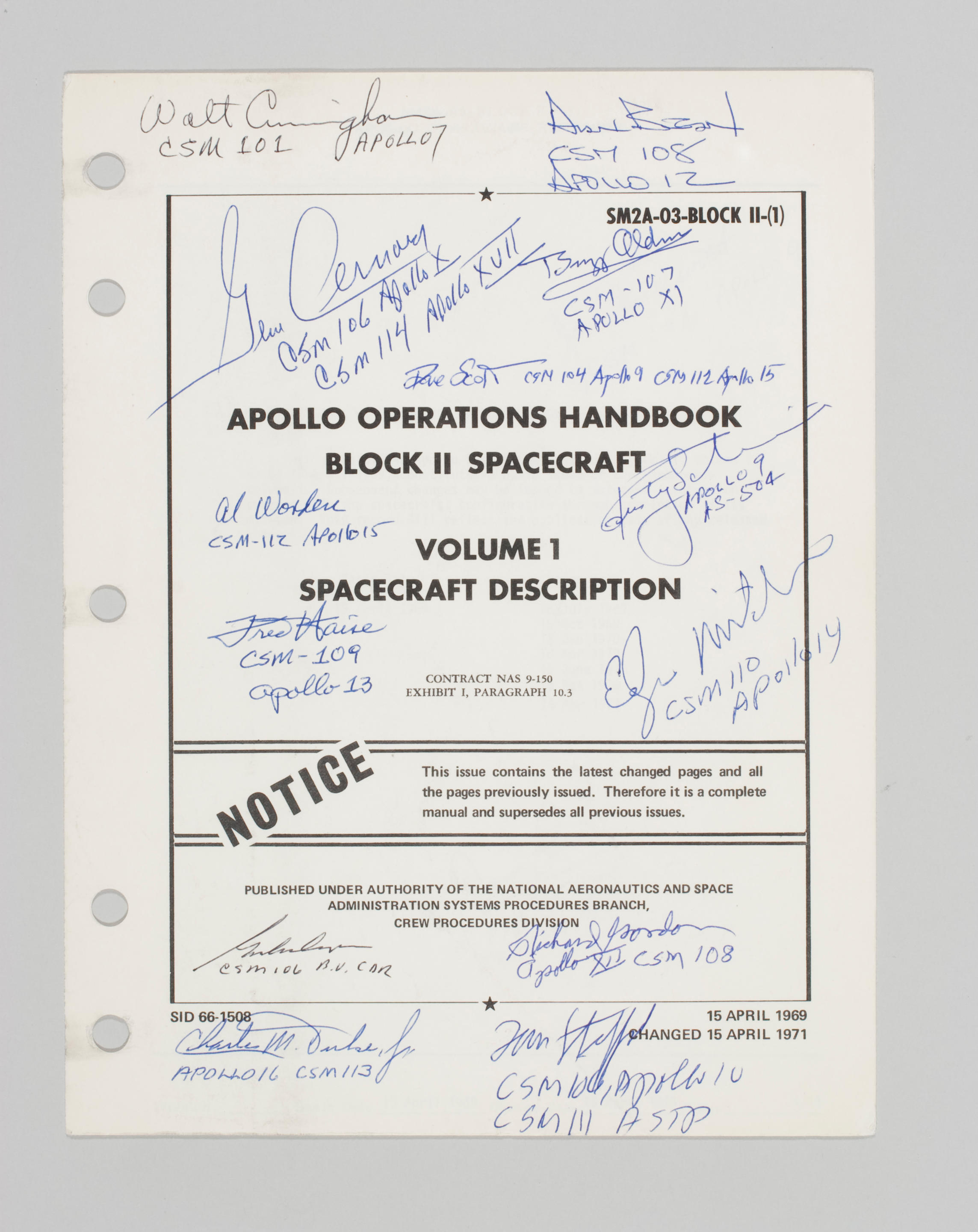



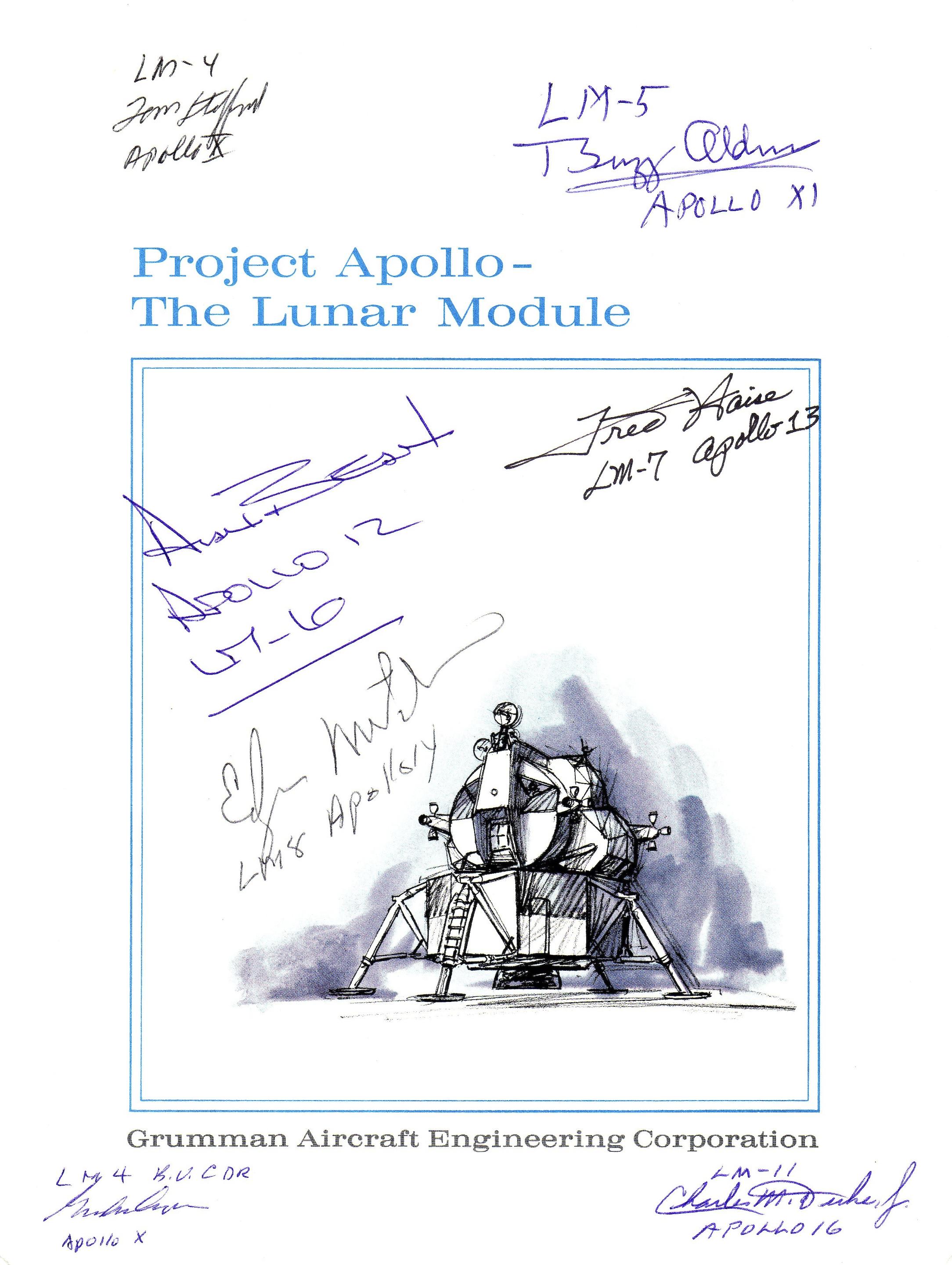
Testen Sie LotSearch und seine Premium-Features 7 Tage - ohne Kosten!
Lassen Sie sich automatisch über neue Objekte in kommenden Auktionen benachrichtigen.
Suchauftrag anlegen